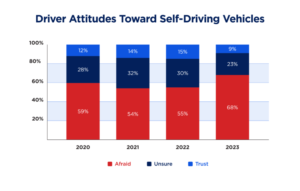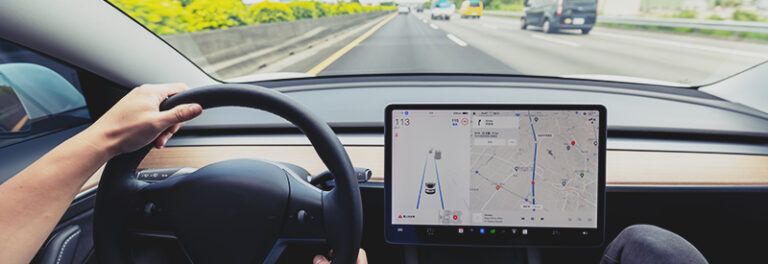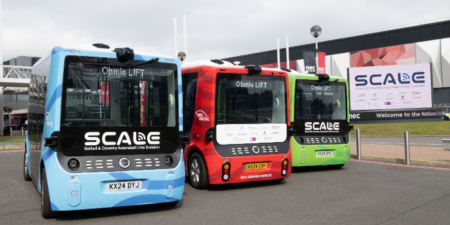North American safe mobility advocate AAA has revealed the results of its latest annual automated vehicle survey showing that while there is still a high level of interest in partially automated vehicle technology, attitudes toward fully self-driving vehicles have become increasingly apprehensive.
According to the AAA, the latest survey revealed a major increase in drivers who are afraid, rising to 68% as compared to 55% in 2022. This is a 13% jump from last year’s survey and the biggest increase since 2020.
AAA believes automakers must be diligent in creating an environment that promotes the use of more advanced vehicle technologies in a secure, reliable, and educational manner. This includes the consistent naming of vehicle systems available to consumers today.
“We were not expecting such a dramatic decline in trust from previous years,” said Greg Brannon, director of automotive research for AAA. “Although with the number of high-profile crashes that have occurred from over-reliance on current vehicle technologies, this isn’t entirely surprising.”

Even with advancements made in recent years, these findings suggest improvements are still needed to build public trust and knowledge surrounding emerging vehicle technology. There is also a need to dispel confusion around automated vehicles.
AAA’s survey found that nearly one in ten drivers believe they can buy a vehicle that drives itself while they sleep. Currently, there is no such vehicle available for purchase by the public that would allow someone to fully disengage from the task of driving.
This perception could stem from misleading or confusing names of vehicle systems that are on the market. AAA found that 22% of Americans expect driver support systems, with names like Autopilot, ProPILOT, or Pilot Assist, to have the ability to drive the car by itself without any supervision, indicating a gap in consumer understanding.
“AAA seeks to partner with automakers to create greater consistency across the industry. Together, we can help consumers understand the type of technology their vehicle has along with how, when and where to use these systems, which will ultimately build trust in the vehicles of the future,” added Brannon.





